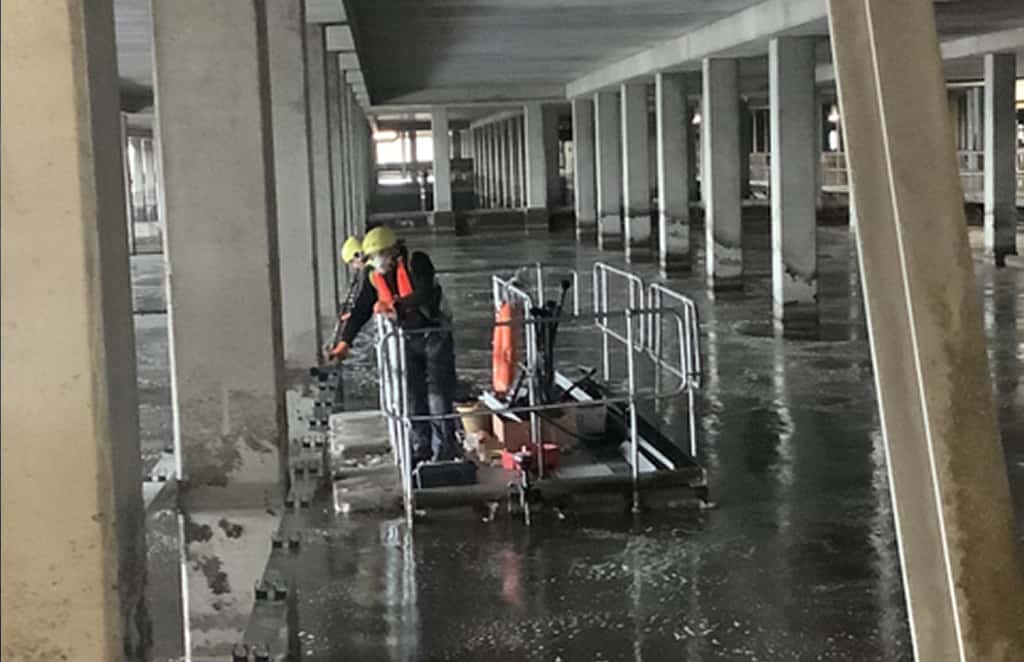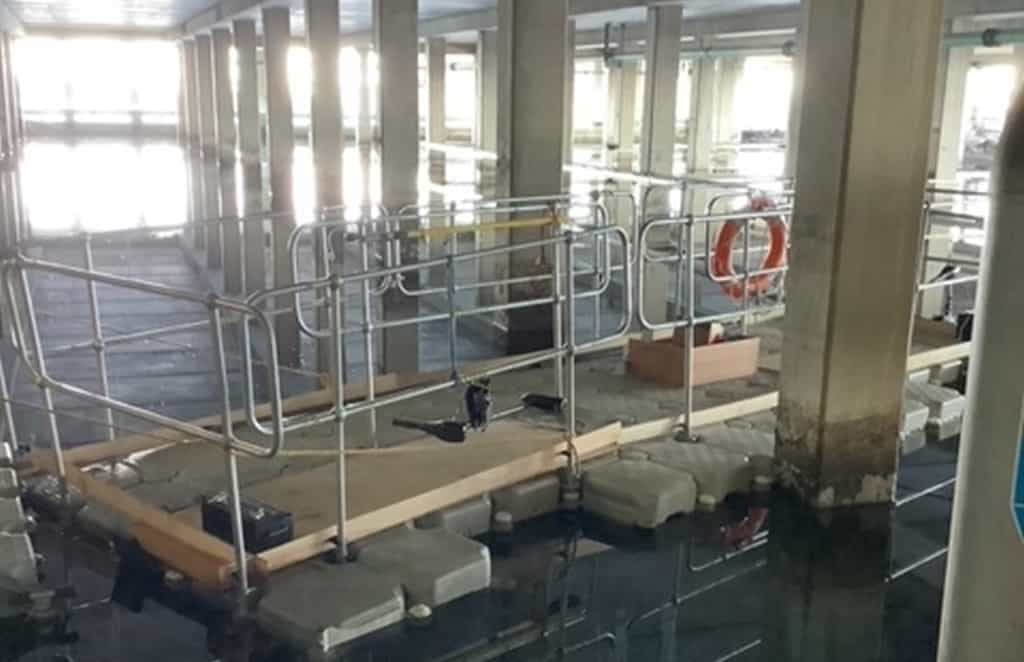TES has made no secret of its passion for innovation. It is in fact one of the company’s key core values. One recent innovation was hailed as a true success due to the complexity of the issue at hand. The Ringsend Hybrid 1 contract, delivered for Irish Water by the FacT3 consortium (comprising Farrans, Celtic Anglian Water and TES) demonstrated TES’ ability to develop bespoke solutions for highly irregular issues.
The contract requirement included the installation of chemical dosing pipework for 15no Sequential Batch Reactor (SBR) Tanks. Ringsend WwTP is located in the Dublin Bay area of the city. Essentially this means that logistics are often a key area of concern as access to vital sections of plant that require upgrade is extremely limited. The SBR tanks were no exception. Access to this specific element of the works package proved challenging.
In response to this problem, the TES Research, Development & Innovation (RDI) team got to work. In a matter of days, the team devised a solution aimed at gaining direct access to the pipework and SBR tanks, minimising down-time of the plant and avoiding disruption to operations.
Enter: Floating Pontoons! A method, never before used by TES or its consortium partners. The TES RDI team undertook in depth risk analysis on the structure and new methods of work. The TES Mechanical team constructed the pontoons on site (including access steps), overseen by stringent H&S controls, and the delivery team were provided access to undertake the works.
This pioneering solutions enabled the client to continue to operate the SBR’s whilst TES completed installation of the new chemical dosing system. The more conventional alternative would have involved, draining and cleaning out the tanks and erecting scaffolding to complete the works. Inevitably this traditional method would have entailed this element of the works to be out of service for a prolonged period of time. Not only did this solution provide immense benefit in terms of safety and efficiency, it also provided efficiencies to the programme and overall cost.
Neil Quinn, the engineer who led the TES RDI Team commented “we were determined to provide the client with a structural solution that offered benefits in terms of eliminating downtime, advancing the programme and more importantly getting the work done as safely as possible”. Neil added “it was a novel approach to a problem that TES had never encountered in almost 25 years in the water and wastewater industry.”











